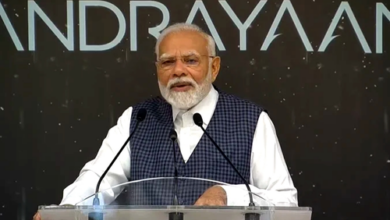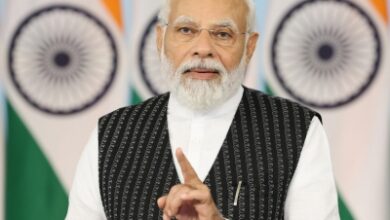Delhi HC seeks Centre’s reply on PIL for QR codes on medicines, cosmetics

New Delhi, May 9: The Delhi High Court on Tuesday issued a notice to the Centre and the Food Safety and Standards Authority of India (FSSAI) on a petition seeking the inclusion of QR codes on all medications, food items and cosmetics so that their information can be transformed from text to speech for those who are visually impaired.
A division bench of Chief Justice Satish Chandra Sharma and Justice Subramonium Prasad was dealing with a Public Interest Litigation (PIL) by the non-governmental organisation, The Kapila & Nirmal Hingorani Foundation, and Delhi University professors, Smriti Singh and Shobhan Singh – both visually impaired.
The court asked the authorities to file their response to the PIL and posted the matter for next hearing on August 16.
The petitioners have argued that visually impaired people struggle to identify medicinal products and access all pertinent product information and these difficulties were exacerbated during the Covid-19 pandemic lockdown.
The plea stated that the continued lack of effective access to medications, food, cosmetics and other consumer products constitutes a denial of the rights under Article 21 as well as their statutory rights under the Rights of Persons with Disabilities Act, 2016.
“In order to secure effective access to medicines, food, cosmetics and other consumer products, it has become imperative and expedient to affix Quick Response (QR) Codes in a proper manner and containing the requisite information so that a smartphone with accessibility feature could then scan the QR Code with its stored data or information about the particular product, and decode it to convert the text to speech format of the application,” it said.
The PIL added: “Employing QR Codes in the manner and form detailed in the petition would increase the efficacy of medical care for visually impaired patients by reducing medication errors, incorrect dosages, unintended drug interactions and side effects. In addition, QR Codes could also help to choose the language of the instruction and/or allow text to voice in regional languages using Google translator or similar tools.”
In addition, petitioners said that carrying out these measures will make it easier for patients who are blind or have other language barriers to take their medications on time each day.
It was submitted that using QR Codes would have several social, economic and environmental advantages in addition to the significant medical advantages.
Additionally, the use of QR Codes on pharmaceutical products could aid in the fight against the growing problem of fake and subpar drugs, which not only pose a serious threat to public health but also cost reputable pharmaceutical companies money and destroy their brand.






